Virtual Power Plants (VPP) represent a significant innovation in energy management. They combine distributed energy resources, such as solar panels and batteries, to create a network that functions like a traditional power plant. However, VPPs offer unique benefits and flexibility that traditional plants cannot provide. This blog post will delve into the fundamentals of VPPs, their availability in Australia, and the financial and practical implications for homeowners.
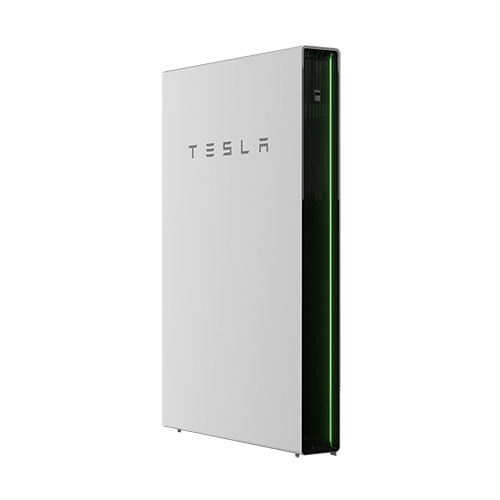
What is a VPP?
A Virtual Power Plants (VPP) is a network of decentralized power generating units, including solar panels, batteries, and other renewable energy sources. These units connect through a central control system. The VPP aggregates the energy output and can supply electricity to the grid when demand peaks. Essentially, VPPs optimize the use of renewable energy and help stabilize the grid, making them a vital component of Australia’s energy landscape.
How Long Have VPPs Been Around in Australia?
Australia has embraced the concept of Virtual Power Plants (VPP) since the mid 2010s. However, the technology and frameworks have evolved significantly over the past decade. Today, VPPs play a crucial role in integrating renewable energy sources into the national grid, especially as more Australians invest in solar energy.
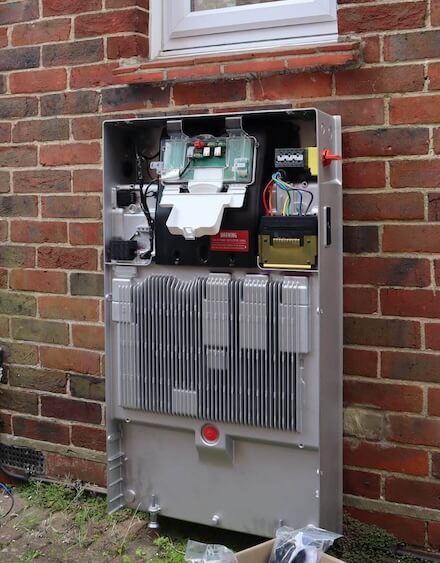
What Size Battery Do I Need to Participate in a VPP?
To participate in a Virtual Power Plant (VPP), the size of the battery can vary based on the specific VPP program and your energy needs. Generally, a battery capacity of at least 5 kWh is advisable. This size allows you to store enough energy to make meaningful contributions to the VPP while also providing backup power during outages.
How Do I Make Money from a VPP?
Participants can earn money through various mechanisms. Virtual Power Plants (VPPs) often pay users for the electricity they provide back to the grid, especially during peak demand times.
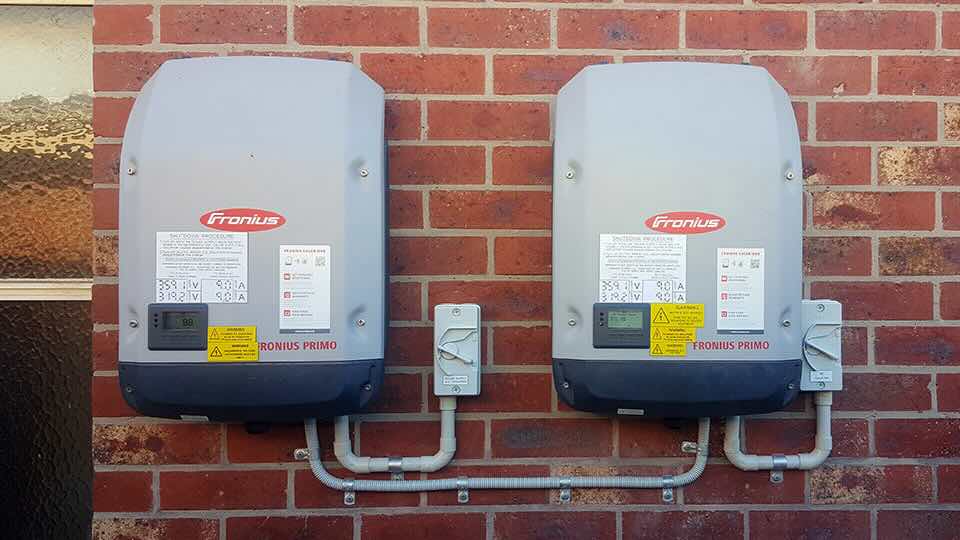
What Do I Get Paid for Participating in a VPP?
Payments can differ based on the VPP provider and the amount of energy your battery supplies. Typically, you can expect compensation based on the amount of energy discharged during peak periods. Some providers offer flat monthly fees or credits toward your energy bills.
How Much Do I Save?
Savings from participating in a VPP can vary widely. Many users report saving between 20% to 50% on their energy bills. However, your actual savings depend on factors like your energy consumption, battery size, and the VPP’s payment structure.
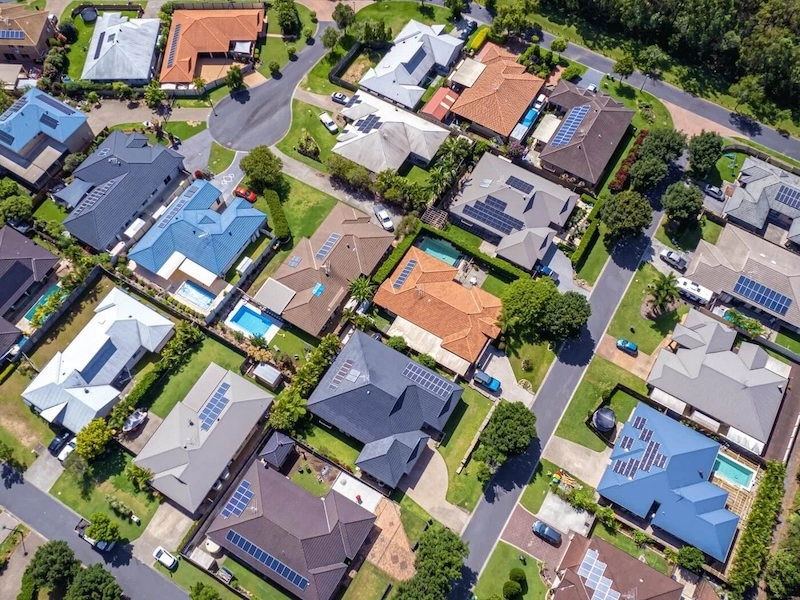
Am I Locked into a Contract for a Very Long Time?
Most VPP contracts are relatively flexible. While some may require a commitment of one to three years, many providers offer short-term agreements. Always read the terms and conditions carefully before signing up.
Can I Get Power During a Blackout?
One of the most appealing features of having a battery in a VPP is the ability to access stored energy during a blackout. However, this capability depends on the type of inverter and battery system you have. Ensure your system is designed for backup power if this is a priority for you.
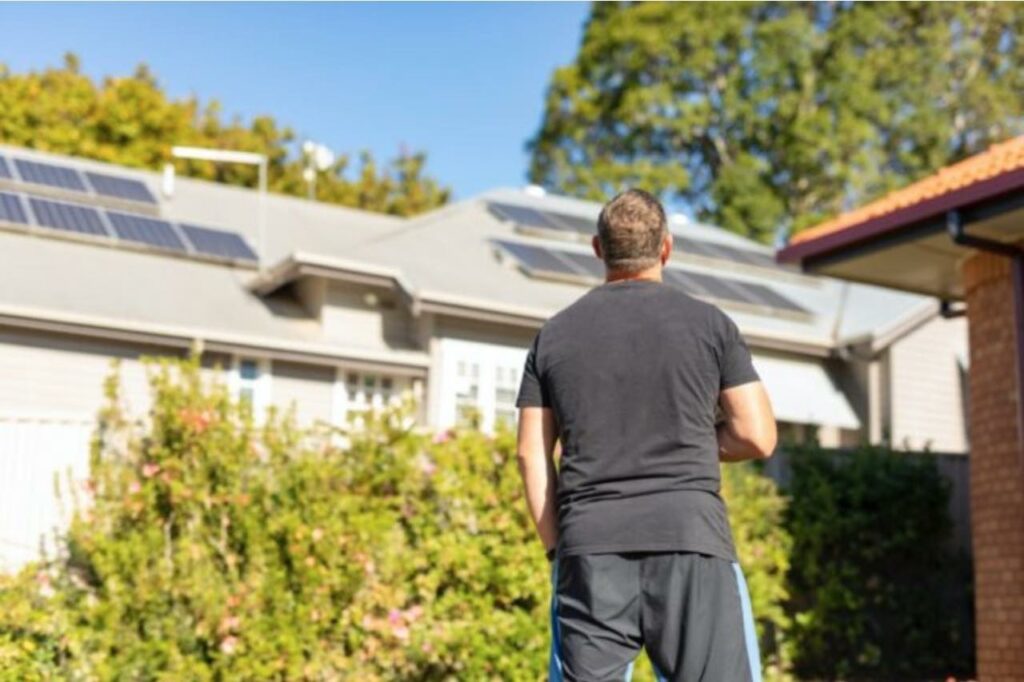
Does the Energy Company Drain My Battery?
Energy companies do have the ability to control when your battery discharges energy back to the grid. However, they typically prioritize your energy needs. Your battery will not be drained during non-peak hours unless agreed upon in the contract.
What Are the Pros and Cons of a VPP?
Pros:
- Financial Savings: VPP participants often experience reduced energy costs.
- Grid Stability: VPPs contribute to a more stable energy grid, promoting renewable energy usage.
- Flexibility: Most contracts offer flexibility regarding participation.
Cons:
- Battery Lifespan: Frequent cycling can shorten a battery’s lifespan.
- Limited Control: Participants may have less control over their energy usage.
- Contract Risks: Some contracts may include hidden fees or lengthy commitments.
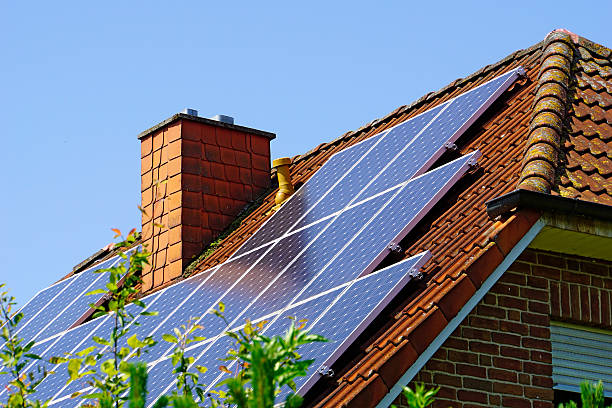
Do All Power Companies Offer VPPs?
Not all energy providers offer VPP programs. It’s essential to research your options and choose a provider that aligns with your energy needs and financial goals. Some major companies in Australia have started to offer these programs, but availability can vary by state.
What’s the Payback?
The payback period for investing in a VPP can vary, typically ranging from 5 to 10 years. Factors like installation costs, energy savings, and government incentives play a crucial role in determining your specific payback timeline.
What’s the Risk of Signing Up?
Signing up for a VPP carries some risks. These may include potential changes in energy prices, contract terms, and battery performance over time. However, the financial benefits and contributions to a sustainable energy future often outweigh these risks.
Does the Constant Cycling of My Battery Reduce the Lifespan?
Yes, constant cycling of a battery can reduce its lifespan. However, modern batteries are designed to handle multiple charge and discharge cycles efficiently. Regular maintenance and proper usage can also help prolong your battery’s life.

What Happens When There Is a Blackout?
During a blackout, your battery can provide power if it is configured for backup use. If your battery system supports this feature, you can continue to power essential appliances.
Is There a Rebate Available?
Many states offer rebates for installing solar panels and battery systems, which can significantly offset initial costs. Check local government programs and incentives to see what you qualify for.
Do All Power Companies Offer a VPP?
Not all energy providers offer VPP programs. Leading companies in Australia have begun to adopt this model, but it’s essential to explore local options to find the best fit for your needs.
In summary, Virtual Power Plants offer a compelling solution for energy management in Australia. They provide financial incentives, enhance energy independence, and contribute to a sustainable future. As the technology continues to evolve, more homeowners can participate and benefit from this innovative energy solution.